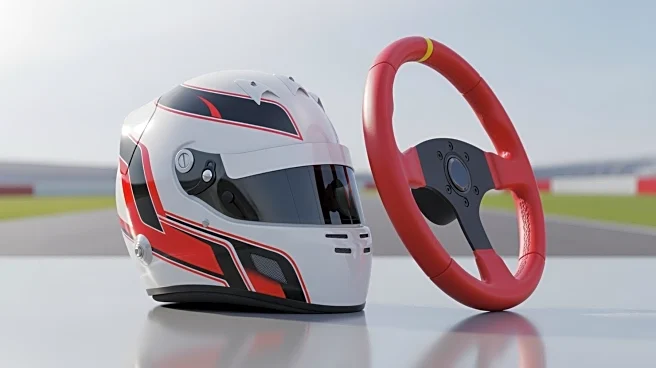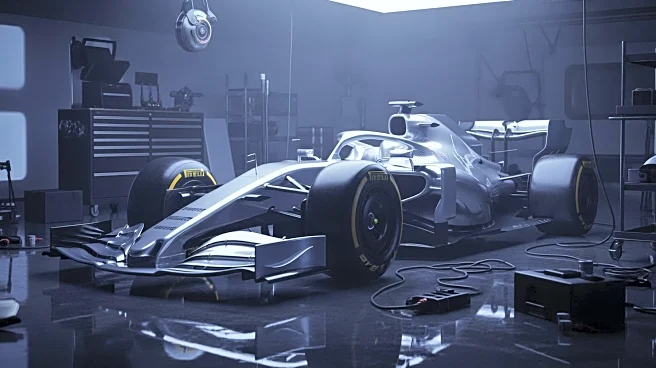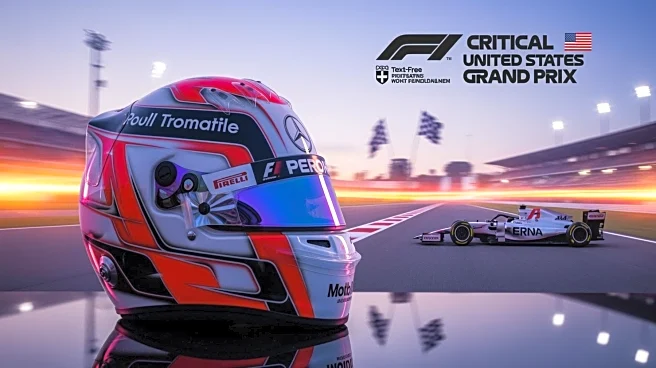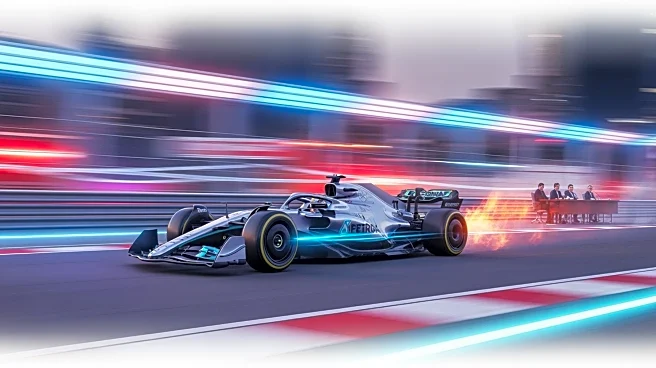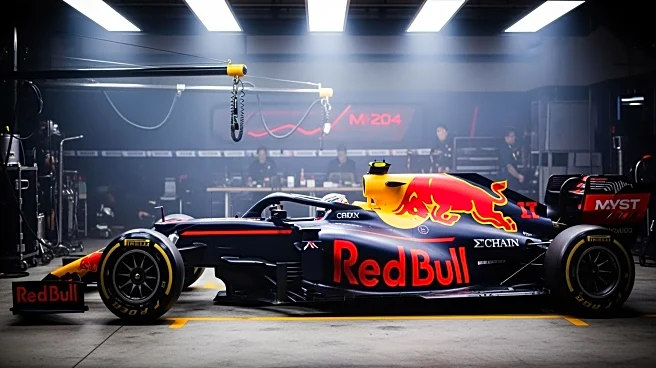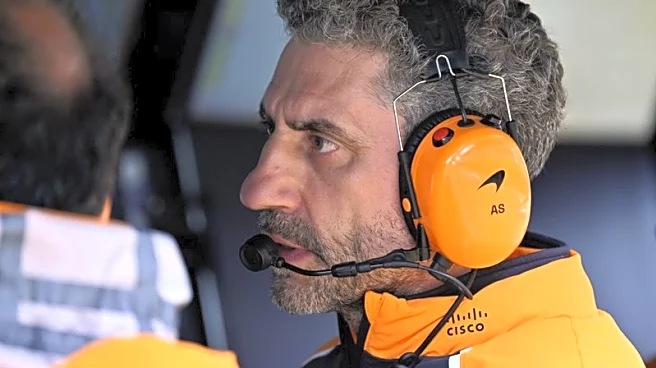What's Happening?
Max Verstappen showcased an impressive performance during the Austin Sprint weekend, significantly closing the gap in the Drivers' Championship. The Red Bull driver secured victory in the Grand Prix and converted
pole position in the Sprint race, accumulating 119 out of a possible 133 points over the last five events. This marks a remarkable turnaround for Verstappen, who was 104 points behind championship leader Oscar Piastri just four races ago. With five Grands Prix remaining, including two Sprint weekends, Verstappen is now only 40 points behind Piastri, intensifying the competition as the season progresses.
Why It's Important?
Verstappen's performance in Austin is crucial for the Red Bull team as they aim to reclaim the top spot in the Drivers' Championship. His ability to close the gap with Piastri highlights the competitive nature of the season and sets the stage for a thrilling conclusion. The results from Austin not only boost Verstappen's confidence but also put pressure on McLaren's Oscar Piastri and Lando Norris, who are key contenders in the championship race. This development could influence team strategies and driver dynamics in the upcoming races, impacting the overall standings and potentially altering the championship outcome.
What's Next?
As the season heads into its final stretch, the focus will be on the upcoming races, particularly the two remaining Sprint weekends. Teams will be strategizing to maximize points and leverage their strengths. Verstappen's momentum could lead to aggressive tactics from Red Bull, while McLaren may need to reassess their approach to maintain their lead. The next race in Mexico will be pivotal, offering an opportunity for teams to reset and adapt their strategies in response to the shifting dynamics of the championship.
Beyond the Headlines
The intense competition between Verstappen and Piastri underscores the evolving landscape of Formula 1, where young drivers are increasingly challenging established champions. This shift reflects broader changes in the sport, including advancements in technology and team strategies. The rivalry also highlights the importance of adaptability and resilience in maintaining competitive edge, which could influence future driver development and team investments.


